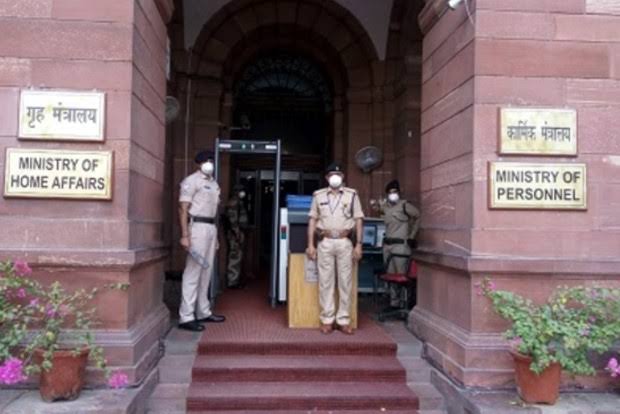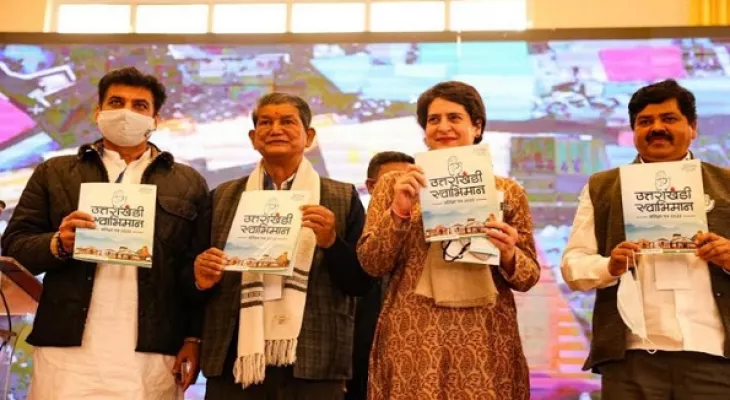MHA urges states to adopt ‘safe city indicators’ amid Covid-19 crisis

New Delhi, Jul 16 : Against the backdrop of the critical situation created by the Covid-19 pandemic in India, a project initiated by the Union Ministry of Home Affairs (MHA) has pointed out that infrastructure to cope with the pandemic is one of the major indicators of a safe city. Developed by the Bureau of Police Research and Development Organisation (BPRD), the safe city indicators were compiled by a 13-member core group comprising top police officials and academicians.
“The Coronavirus has an adverse effect on life in many ways. The rapid acceleration of pandemic caused the government to halt most individual, social, economic and industrial activities. During the pandemic, the infrastructure and resources of any city are put to stress and ultimate test. Preparation and handling of the pandemic is a key indicator for the resilience of any city,” the project highlighted.
It was highlighted that mass health facilities, availability of equipment like ventilators, beds and surgical equipment, testing facilities, community halls and centres for migration population, feeding masses, sanitation and healthcare, water supply and electricity, internet connectivity and containment apparatus are the indicators for infrastructure to cope with pandemics.
In a bid to make cities in India safe for all sections of people, the Home Ministry has pointed out “safe city indicators” and circulated amongst all states and UTs for their implementation. The BPRD project said that one commonly accepted definition of a safe city is livable, sustainable, inclusive, tolerant, technologically progressive.
“The purpose of the project is to develop initiatives in the form of a series of approaches and strategies to enhance safety and security in cities,” the BPRD said. The main purpose of implementing the safe city project is to reduce the crime rate and induce a feeling of safety among the citizens. The NCRB data reflects a high rate of crime throughout the country. As per the crime in India 2019 report, there was an increase of 1.3 per cent in the registration of cases compared to 2017. Earlier various agencies and departments developed parameters to rank cities safe/unsafe.
“After careful research and analysis, the core group has identified eight indicators for a safe city,” the BPRD said. The BPRD project highlighted personnel safety, socio-economic security, institutional safety, traffic and road safety, digital security, infrastructure security, health and hygiene security and infrastructure to cope with pandemics as the major indicators for safe cities.
“The indicators identified in this project fall into eight broad categories and are named as ‘Pillars of Security.’ These pillars have been recommended for evaluation of the safety environment in the cities,” the BPRD said. It said that a safe city is, by and large, a government-driven approach to security. “However, multiple stakeholders are involved. The continuous evaluation of technology, city structure, and security requirements and a broad range of expertise is needed to make the city safer,” the BPRD said.
The members in the core group for Developing Indicators for Safe City Project includes Dr MA Saleem, additional director general of police, (Karnataka), Raja Srivastava, IGP (Uttar Pradesh), Satwant Atwal Trivedi, IGP (BSF), Alok Kumar, IGP (BSF), KV Sharath Chandra, IGP (Bengaluru), Dr Dhananjay P Ghanawat, Special Branch (Assam), Karthikeyan K, SP, Dindori (MP), Nawaj Kotwal, programme analyst, ICR, Ajita Vidyarthi, security and migration analyst (UN Women), Kalpana Viswanath (SafetiPin), Krati Sharma (UN Women), Dr Anjan Sen, Delhi School of Economics and Sunil Kumar Raghuvanshi (ICRC).






